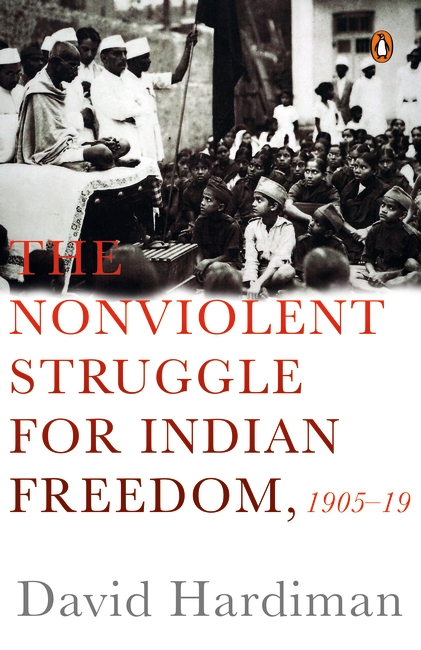
In recent years, there has been a surge of writing on the technique and practice of non-violent forms of resistance. Much of this has focused on movements that occurred after the end of the Second World War, many of which have been extremely successful. Although the fact that such a method of resistance was developed in its modern form by India is acknowledged, there has not until now been an authoritative history available to show exactly how this occurred.
This book provides such a study. Although non-violence is associated above all with the towering figure of M.K. Gandhi, David Hardiman shows that civil forms of resistance were already being practiced by nationalists in British-ruled India under the rubric of ‘passive resistance’. In this, there was no principled commitment to non-violence as such.
It was Gandhi, first in South Africa and then in India, who both evolved a technique that he called ‘satyagraha’ that he characterised in terms of its ‘non-violence’. In this, ‘non-violence’ was forged as both a new word in the English language, and as a new political concept.
The Non-violent Struggle for Freedom brings out in graphic detail exactly what this entailed, and the formidable difficulties that the pioneers of such resistance encountered in the years 1905-19.
Imprint: India Viking
Published: Sep/2018
ISBN: 9780143457008
Length : 272 Pages
MRP : ₹699.00
This fall, we have a number of books, across various genres, for you to enjoy. You can choose by author or by subject, or pick something you’d never see yourself reading! The Radical in Ambedkar: Critical Reflections – Anand Teltumbde and Suraj Yengde (Eds) This landmark volume, edited and introduced by Anand Teltumbde and Suraj Yengde, […]
